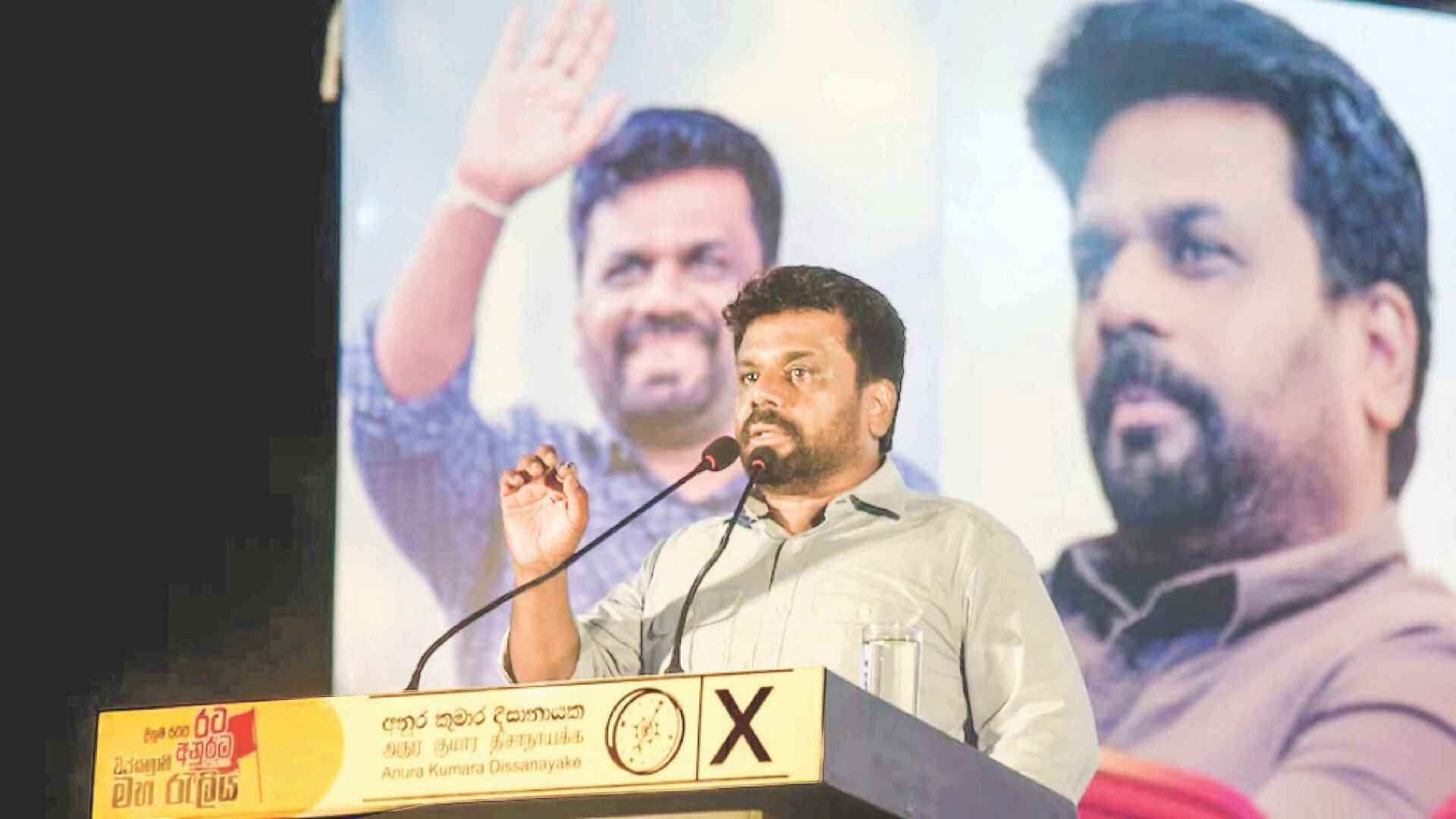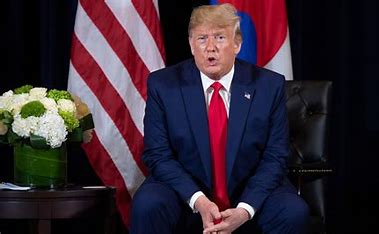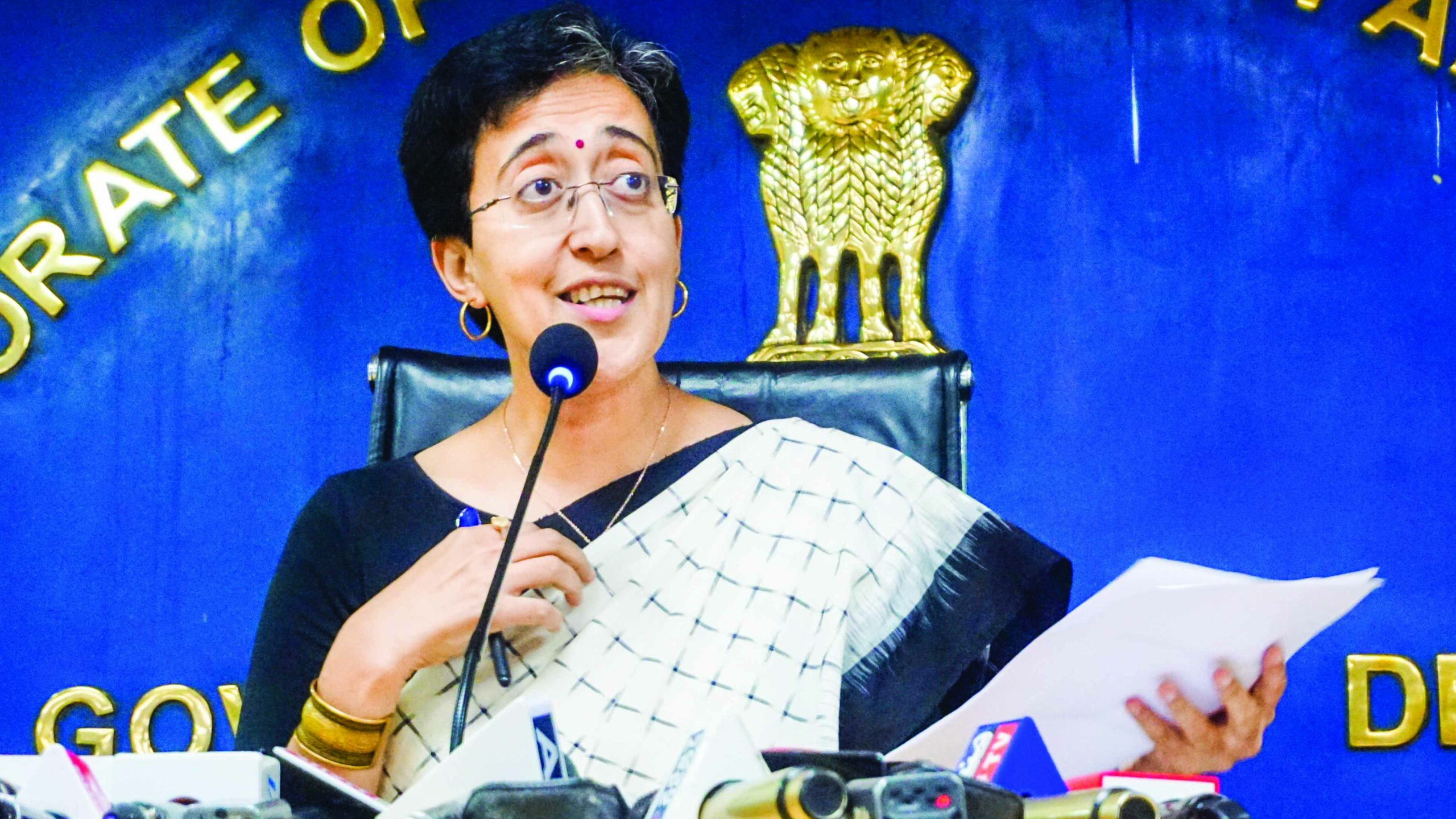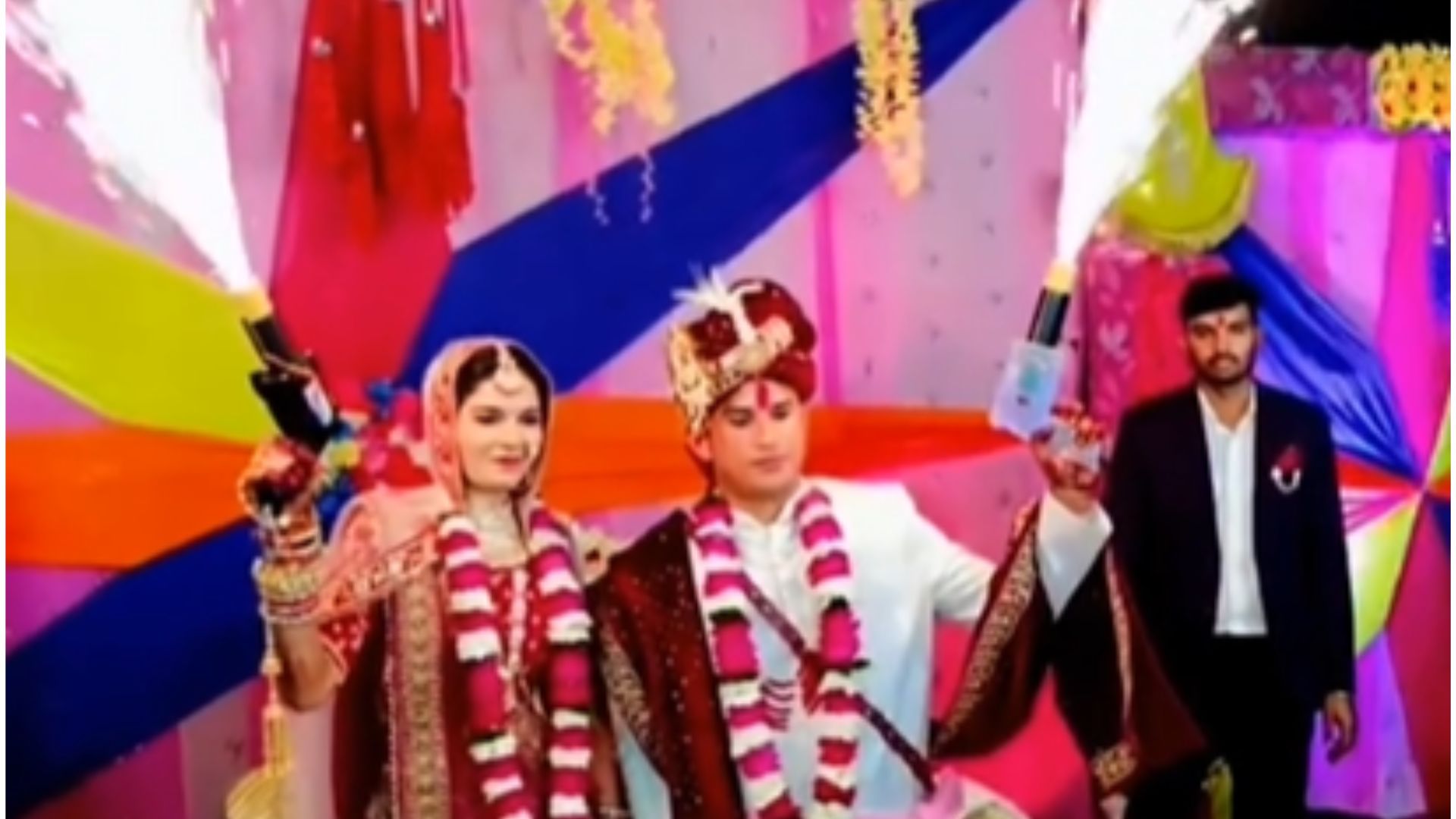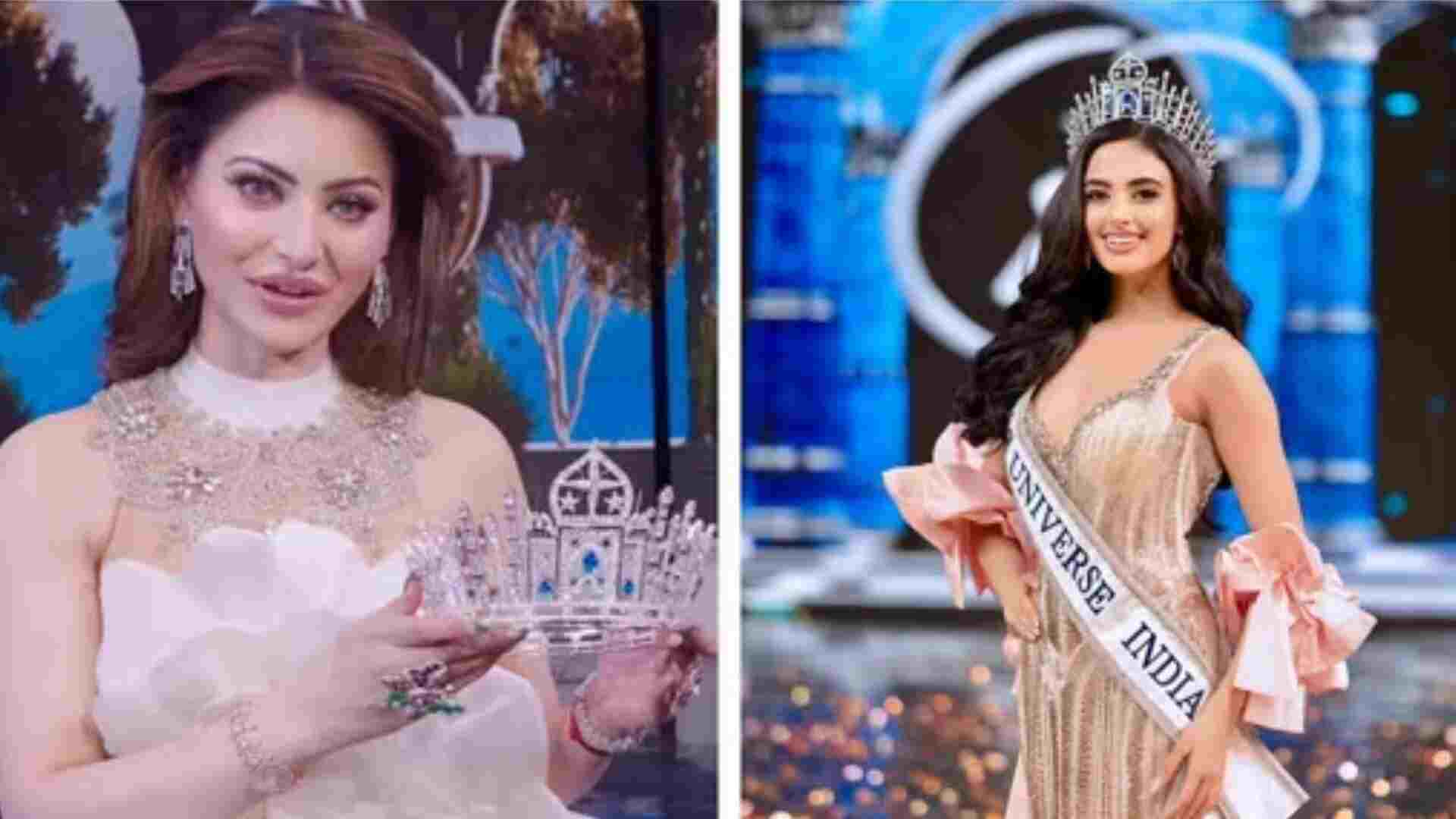
The history of empowering women in India is a saga of courage, resilience, and a collective determination to rewrite a narrative where every woman’s voice is not just heard but echoes through generations, shaping a future of equality and limitless possibilities.
Yatra Naaryantu Poojanthe Tatra Ramanthe Devatha” means where the Woman is venerated there the Gods Rejoice. Women empowerment in India is dependent up to a great extent on numerous different variables that encompass geographical setting (urban/rural), social status (caste and class), educational status, and age factor. In India, for centuries, women have been pushed aside from the race of development in the name of customs, traditions and religion. As a result, they have been denied the opportunities for their social, economic and political development leading to a lower status in society. The independent India has seen tremendous functional changes in the status and position of women in Indian society.
The Constitution of India has granted franchise to Indian women. Several committees have made recommendations regarding the employment of women. In the organised sector women were employed more in the public sector than in private sector. Majority of women are in the vast rural and urban unorganised sector. In Independent India women have important political and administrative positions. With political parties fielding 8-9% female candidates in the last decade of Lok Sabha elections, the houses could not have been more female. Their often-cited excuse is a lack of winnability of women, a complete fallacy in the face of counter-evidence.
Women’s empowerment in India has undergone a profound and dynamic evolution over the centuries, reflecting the nation’s cultural, social, and political transformations. Today, we will delve into the historical narrative of women empowerment in India, exploring key milestones, challenges, and the remarkable progress made by women in various spheres on the day when the world is celebrating the International Women’s Day.
Ancient Period:
In ancient India, women held significant roles in society, evident through the Rigvedic hymns praising the concept of “Shakti” or feminine energy. Women actively participated in economic activities, education, and even governance in some regions. However, the subsequent centuries witnessed a gradual decline in women’s status, with social norms becoming more restrictive.
According to the International Journal of Creative Research Thoughts’ research paper on Women Empowerment In India: Historical Evolution–The Indian society like a number of classical societies was patriarchal. The patriarchal values regulating sexuality, reproduction and social production (meaning total conditions of production) prevailed and were expressed through specific cultural metaphors. Overt rules prohibiting women from specific activities and denying certain rights did exist. But more subtle expression of patriarchy was through symbolism giving messages of inferiority of women through legends highlighting the self-sacrificing, selfeffecting pure image of women and through the ritual practices which day in and day out emphasized the dominant role of a woman as a faithful wife and devout mother.
The basic rules for women’s behaviour as expressed in the Laws of Manu insist that a woman must
constantly worship her husband as a god, even though he is destitute of virtue or a womaniser. The women should be kept in dependency by her husband because by nature they are passionate and disloyal. The ideal women are those who do not strive to break these bonds of control. The salvation and happiness of women revolve around their virtue and chastity as daughters, wives and widows.
In India, for centuries, women have been pushed aside from the race of development in the name of customs, traditions and religion. As a result, they have been denied the opportunities for their social, economic and political development leading to a lower status in society.
The social customs, religiously sanctioned rituals, the authoritarian structure of the family organisation, the accepted mode of socialization of young girls and the very rigidly defined roles and activities of women have contributed to the social degradation of women in the Indian society.
Vedic Age:
In the vedic age the women were highly esteemed and they enjoyed equal socio-cultural status. The early Rigveda’s mentioned of women as equals who participated in all the household activities related both to social and economic spheres. No important function could be performed by man alone. Man was considered incomplete without the women in those days. The women had the rights to read and recite the vedas and other sacred as well as secular texts.
Several of them played very important roles in the formulation of social policies and code of conduct. Maitrayee, Gargi and Leelavati were not only highly learned women, they were equally well versed in higher mathematic astronomy and the humanities. Women were eulogized in the hymns. Feminine deities like Saraswati, Kali, Lakshmi, Durga are worshipped even today. Woman was regarded as the base of all power or ‘shakti’. Many traditions and customs which persist even today bear evidence of such exalted status of women in the past.
Medieval Period:
The medieval period saw mixed fortunes for women in India. While some royal courts patronized female scholars, artists, and administrators, societal norms often limited women’s freedom. Practices like Sati and restrictions on widows further restricted women’s rights, reflecting a patriarchal societal structure.
In the Bhakti movement – the medieval saints movement, the saints emphasised salvation through devotion to a deity, wherein no intermediary such as a pandit or a purohit was required. The Bhaktas vehemently attacked ritualism and overlordship of the Brahmans, used the vernacular as a language of communication and opened the gates of religion for women. Not surprisingly it is the Bhakti movement which produced women saints like Meerabai and Lalla in the North, Andal and Akka as the Mahadevi in the South and Bahanabai in the West. This movement did not basically challenge the unequal social structure and limited it only to individual salvation, it could not fundamentally affect gender subordination.
Colonial Era:
The British colonial rule had a complex impact on women’s empowerment. On one hand, the British education system provided opportunities for women to access formal education. On the other hand, certain social reforms by Indian leaders sought to address issues like child marriage and promote widow remarriage.
From 1885 to 1900 role of Indian women was confined to social reforms. “During this period Pandit Ramabai Rande, Maharani Tapasvani, Swarn Kumari Devi, Franchina Sorabji and lady Harnam Singh worked in the field of women education,important in the condition of Hindu women, prudah, Medical aid and infant care. Towards the close of the century many more ladies took up the cause of women’s education in particular and also contributed to the literature of the land, like in Maharastra Miss BharSamaskar, Godavibai and in Gujrat Miss Patrick Parsi lady who conducted the Stri Mitra Mandal, Mrs. Putli bai and in Bengal, Mrs R.N. Rai,Mrs Gindra Mohini, Mrs Pramila Nag and many others
Annie Basent came to India in 1893 from 1903, She started her work of social reform continued up to 1913, She associated herself with Sanatan Dharma Sabha, Bomeros. During this period. She started her crusade against caste system, child marriage and unsociability. She established Hindu college at Banars. She organized movements for the emancipation of women. Mrs. Basent observed that, “India is not ruled for the prospering of the people but rather for the profit of her conquerors and her sons are being treated as the conquered race”.
Post-Independence Era:
The struggle for independence played a crucial role in shaping the narrative of women’s empowerment. Visionary leaders like Mahatma Gandhi recognized the importance of women’s participation in the freedom movement, paving the way for their increased involvement in social and political spheres. Post-independence, the Constitution of India guaranteed equal rights for women, and leaders like Jawaharlal Nehru emphasized the importance of gender equality.
The latter half of the 20th century witnessed powerful social movements advocating for women’s rights. The women’s liberation movement gained momentum, demanding equal opportunities, reproductive rights, and an end to gender-based violence. Grassroots organizations and feminist voices played a pivotal role in bringing attention to issues affecting women.
Contemporary Scenario:
In the 21st century, women in India have made significant strides in various fields. Increased access to education, economic opportunities, and advancements in technology have empowered women to break traditional barriers. Women are now active participants in politics, business, science, and sports, challenging stereotypes and contributing to the nation’s development.
Majority of women are in the vast rural and urban unorganised sector. According to an estimate by National Commission on Self-Employed Women, 94 per cent of the female work force operates within this highly exploited sector. In the rural unorganized sector, women have a noticeable presence in several segments. They participate extensively in agriculture, animal husbandry, dairying, social and agro-forestry, fisheries, handicrafts, khadi and village industries, handloom weaving and seri-culture. In agriculture, where their participation is substantial, their activities range from sowing to weeding, transplantation and harvesting. In agro-forestry, they are engaged in the collection of minor forest produce and medicinal herbs, as well as in afforestation programmes. Besides land-based occupations, women contribute in no small measure to village industries. The majority of working women are in self-embroider making garments, rolling bidis and incense sticks and in a variety of other activities.
Challenges:
Despite notable progress, challenges persist. Gender-based violence, unequal access to resources, and workplace discrimination continue to hinder full empowerment. Initiatives like the Beti Bachao, Beti Padhao campaign and the provision of reservations for women in local governance aim to address these challenges.
The history of women empowerment in India is a narrative of resilience, progress, and ongoing challenges. While acknowledging the milestones achieved, it is crucial to remain vigilant and committed to creating an inclusive society where women can thrive without constraints. The empowerment of women is not just a historical achievement but an ongoing journey towards equality and justice.
The future of women empowerment in India lies in building on past achievements and addressing existing disparities. It involves fostering a society that recognizes and values the contributions of women in all aspects of life. Through continued advocacy, education, and policy reforms, India can move closer to realizing the vision of gender equality and empowering every woman to reach her full potential.
In conclusion, the multifaceted nature of women’s empowerment in India requires a comprehensive and intersectional approach. Progress in education, employment, health, and legal rights is essential, but cultural shifts, community engagement, and global collaboration are equally crucial.
The empowerment of women is an ongoing process, and collective efforts from individuals, communities, governments, and international entities are vital for achieving sustainable and meaningful change.



